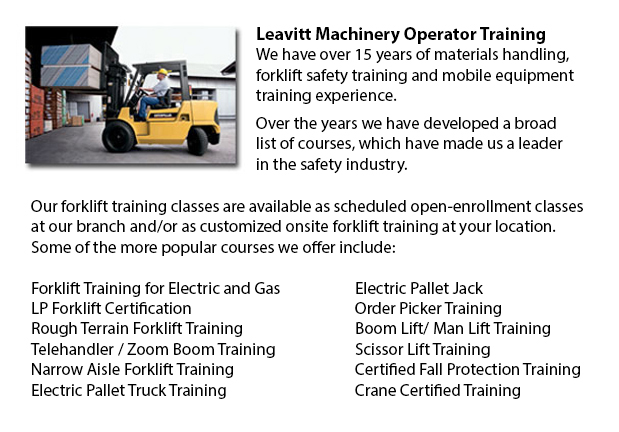
Pneumatic jacks are generally known as pallet lift trucks or pump trucks and are extensively utilized in warehouses and shipping plants to transport resources on pallets. Pneumatic forklifts consist of a pair of metallic blades installed on a wheeled counterbalance that contains a pump. The pump is used to lift and lower the forks.
Visually check the pallet lift prior to loading. Make sure the wheels are clear of any likely obstructions. Moreover, ensure the handle moves smoothly and turns appropriately. Inspect the pallet prior to moving it to assess if it is stacked in a manner that minimizes the chance of anything falling off during lifting. Discharge any air in the pump and lower the blades to the ground by squeezing the lever installed on the inside of the steel loop on the end of the lever. Run the blades into the slots in the pallet and make sure the forks are centered so that the pallets’ mass is evenly distributed.
Pump the pneumatic jack handle up and down to raise the forks from the ground. Stop pumping when the pallet is entirely off the ground as there is no need to elevate it any higher or risk losing balance while turning. In order to shift the pallet, pull the handle behind you; you should not push it. There will be a huge amount of momentum existing. Refrain from quick or sharp turns and don't stop too abruptly. Gently bring the pallet to a rest wherever you would like to park it. Squeeze the lever within the grip end to restore the blades to the ground. Withdraw the blades and restore the pallet jack to a suitable parking area or continue onto the next assignment.
-
Pallet Lifts
A pallet haul is equipment built in particular for moving pallets of varying weights and sizes. They may be utilized in conjunction with cranes, lift trucks and other heavy duty machines as an appendage piece or to be employed on their own. Pallet ho... More -
Pallet Stackers
Pallet stackers are a kind of pallet jack that might be employed to stack, transfer and haul produce placed on a pallet that are far too heavy for manual lifting. Mostly these mechanisms are employed to load and unload freight from trucks and to tran... More -
Scissor Pallet Trucks
Scissor lift pallet vehicles are built to be able to transfer and stack pallets with a built-in raising device that allows the pallets to be elevated. This apparatus is extremely effective for working in limited spaces that does not tolerate a full-s... More -
Reach Trucks
Reach Trucks are mechanized equipment utilized for loading and storage in some establishments that maintain storage of materials to finished goods on a pallet which are then inserted into elevated shelving units. This loading device helps businesses... More -
Clark Forklift
Currently, there are at least 350,000 Clark lift trucks performing worldwide, and upwards of 250,000 operating in North America alone. With five major lines across the world, Clark is proud to be one of the most expansive organizations in the industr... More

Forklift Training Kamloops
TOLL FREE: 1-888-254-6157
Kamloops, British Columbia
forklifttrainingkamloops.com
Email Us
About Us


